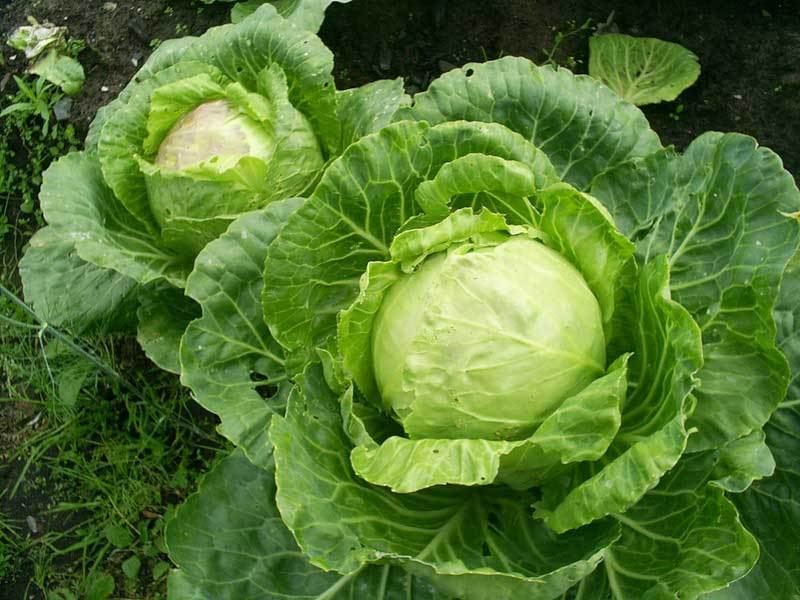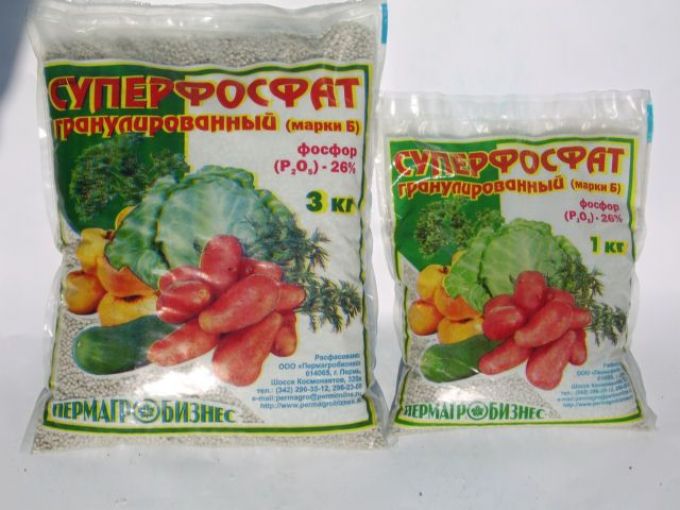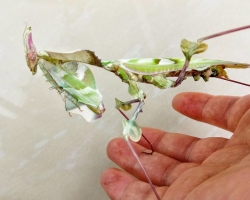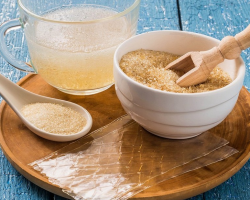A good harvest in your garden can be achieved by caring for your vegetables for each stage of their development. You can help seedlings into juicy and tasty heads with the help of special top dressing. And about how to do this we will talk below.
Content
- White cabbage fertilizer
- When the first top dressing
- Combining cabbage seedlings after diving
- How to feed cabbage after planting in the ground?
- Phosphorus fertilizers for cabbage
- Feeding colored cabbage and ordinary in open ground with yeast
- How to feed the cabbage for folk remedies?
- Feeding seedlings of cabbage urea
- How to feed the cabbage for the formation of a head?
- How to feed late cabbage in August?
- Video. Some tricks for growing large heads
White cabbage fertilizer
Cabbage is a vegetable culture that has adapted well to the conditions of our country. A lot of dishes can be prepared from it, and it has long been successfully grown throughout Russia. And if a few decades ago, the main organic was used as nutrients for this culture, today, with the help of the chemical industry, several top dressing have been developed that can provide a rich crop even when growing this vegetable even in the Far North.
Domestic enthusiasts successfully use such organic fertilizers as humus, ash and chicken droppings to grow large and juicy heads. And as mineral top dressing for this plant, superphosphate, nitrofosk and ammonia nitrate are very popular in our country.
When the first top dressing
The first fertilizing should occur after the seedlings of this vegetable plant from seedlings in the ground. During this period, the tops need to increase the mass and it needs nitrogen -containing additives.
Even before this stage, experienced gardeners fill the holes for cabbage with special nutritional mixtures. This stage of growing this culture is especially important if the beds have not been properly prepared since autumn.
In this case, before planting cabbage, it is necessary to prepare a complex mixture consisting of:
- Humus (500 g) can be replaced with compost
- Superphosphate (1 teaspoon) can be replaced with nitrofois
- Wood ash (1-2 tbsp.
Such a mixture must be added to each hole where the seedlings of this plant will be planted.
Combining cabbage seedlings after diving
Today, more and more gardeners refuse such a process as picking seedlings. Firstly, not all plants are able to transfer it well. And, secondly, this is a time-cost process. Without which, you can do without and, at the same time, grow a rich crop.
However, if you use a dive in your arsenal, you must feed seedlings after it. To do this, you can use a mixture of ammonium nitrate (3 g), potassium chloride (1 g) and superphosphate (4 g).
How to feed cabbage after planting in the ground?
If the holes were prepared in the above way, then fertilizers can be applied no earlier than 25-30 days after its landing. But, if you did not do this, then be sure to feed the cabbage 10 days after planting on the beds.

The first top dressing should become a source of nitrogenous fertilizers and be aimed at accelerating plant growth. We present you several types of fertilizers that can be used as the first top dressing:
- Motenary (500 ml) diluted in water (10 liters)
- Ammonium nitrate (1 box) diluted in water (10 liters) - used to spray cabbage (foliar top dressing)
- Humat potassium (20 g) diluted in water (10 liters)
- Zola (200 g) and superphosphate (60 g) diluted in water (10 liters)
- Urea (10 g), potassium chloride (10 g) and superphosphate (20 g) diluted in water (10 liters)
For each seedling seedling, it is necessary to pour 500 ml of one of the listed top dressing.
Important: if the soil is acidic on your cabbage beds, then it is necessary to add chalk, gamut lime or ash at the rate of 2 cups per 1 square meter. Such soil processing will make it suitable for growing vegetables and reduce the development of such a disease as a keel.
Phosphorus fertilizers for cabbage
For the full development of cabbage, she needs phosphorus fertilizers. After all, the lack of this substance leads to destructive consequences that can directly affect the meager harvest of this vegetable culture. The first signs of phosphorus are darkened leaves with bright purple edges. The formation of a head of a head occurs longer than usual.

The most popular organic addition, bone flour is to restore the required level of phosphorus. These are processed bones of cattle, which are rich not only in phosphorus, but also by many biologically active additives. Bone flour is used to feed all types of agricultural crops, including cabbage.
Bone flour is not used for instant top dressing. But, it can be added to the beds 2-3 weeks before planting seedlings on them.
Another popular phosphorus fertilizer is ammonium hydrophosphate (diammofos). This is a concentrated fertilizer that not only improves the development and formation of large heads, but also can affect the taste of this popular vegetable. At the same time, such an additive does not contain nitrates and has a relatively low cost.
Ammonium hydrophosphate is applied to the soil before planting cabbage at the rate of 5 - 10 g per 1 m2.
The most popular phosphorus fertilizer, which is used by a large number of domestic gardeners, is superphosphate. This top dressing contains compounds that are useful for plants as monocalcies phosphate, sulfur, phosphoric acid, magnesium and other elements. Superphosphate is used to strengthen the immune system of garden crops and increase their productivity.
Most often, superphosphate (50 - 100 g) is diluted in water (10 liters) and poured plants under the root.

Some beneficial elements of phosphorus fertilizers are absorbed by plants quite difficult. Therefore, most of these top dressing are introduced into the ground in the fall. In winter, they enrich the upper soil layer and prepare it for planting cultivated plants.
Feeding colored cabbage and ordinary in open ground with yeast
Yeast can be used not only in cooking or in cosmetics, but also in the garden. They include many useful elements, vitamins and amino acids. Yeast helps the seedlings to cope with many diseases and survive the transplant into open ground. Using yeast, you can activate the growth of the root system and improve the overall composition of the soil on the beds.
Important: for all its advantages, yeast can reduce the amount of potassium and calcium in the soil. Therefore, they need to be combined with the introduction of ash or chopped shell of chicken eggs in the ground.
Bring yeast 20 days after the first top dressing. To do this, in warm water (1 liter), dry (200 g) yeast and sugar (1 teaspoon) are diluted and allowed to brew for 2 hours. After add ten another liters and water (300-400 ml) plants under the root.
How to feed the cabbage for folk remedies?
Cabbage is responsive not only to "store" fertilizers, but also for nutritional mixtures prepared on the basis of folk remedies. This vegetable culture can be fed with boric acid. To do this, the powder (1 teaspoon) is diluted in boiling water (1 cup) and mixed thoroughly. The concentrate is diluted in water at room temperature (10 liters) and the leaves of this plant are sprayed with it. It is best to spray on the basis of boric acid to stimulate the growth of this crop in the first part of July.

Also, for the above goal, you can use food soda. It will prevent cracking of heads in the beds and will allow them to be better stored. Soda (20 g) is diluted in a bucket of water and watered in such a solution cabbage in the beds.
A very good source of beneficial nutrients is young nettle. This burning plant is filled with a container and poured with water. After 3-4 days, the resulting infusion is diluted with water (1:10) and watered cabbage.
A rich source of nitrogen is ammonia. 3 tablespoons of this substance are added to a bucket of water, mix and water cabbage (100-150 ml) under the root. Facular alcohol must be used for the first top dressing.
With a lack of potassium cabbage, it can be watered with a banana infusion. To do this, the skins of this yellow fruit are filled into the container to the edges and poured with water. After 3-4 days, the infusion is filtered and watered with cabbage beds.
If the cause of the poor development of cabbage is a lack of phosphorus, then it can be minimized by preparing this plant from fresh fish. To do this, the fish is crushed and instilled with a small amount of such mass between the cabbage bushes.
With calcium deficiency into the soil under cabbage, it is necessary to make eggshell. You can also improve the structure of the soil and make the necessary substances into it using potatoes. It is cut into small cubes and introduced into the holes before planting the seedlings of open soil.
Feeding seedlings of cabbage urea
Urea, this is a chemical compound, which was originally withdrawn from a product of human life. Today, fertilizer of urea is produced from mammals and some fish protein. This top dressing is a nitrogen supplier for plants and is used by gardeners to accelerate the set of green mass with plants.
To feed urea, dilute this substance (30 g) into a bucket of water and add 500 ml for each bush of 500 ml.
How to feed the cabbage for the formation of a head?
For the formation of a large and juicy fork, complex compositions based on mullein are used. For this, part of fresh manure is mixed with five parts of water. Two days later, five more parts of water are added to the solution.

Before watering cabbage, superphosphate (30 g) is introduced into each bucket of such top dressing. Under each plant you need to pour 1.5 liters of such top dressing. It is carried out for early ripe varieties in July, and for late -ripening in August.
Important: if you want the heads of the heads of to crack, then try to water them under the root. Even better, use drip irrigation for this purpose. The water stagnating in the leaves leads to cracking the fork and can cause the damage to this vegetable rot.
How to feed late cabbage in August?
Late -ripening varieties in August can be fed with nitrofoska. Its (1 tbsp. Spoon) is diluted in water (10 liters) and watered 5-8 liters per square meter of beds. This complex top dressing containing three main elements: nitrogen, potassium and phosphorus. With its help, you can provide cabbage with all the necessary trace elements and accelerate the formation of its heads.







